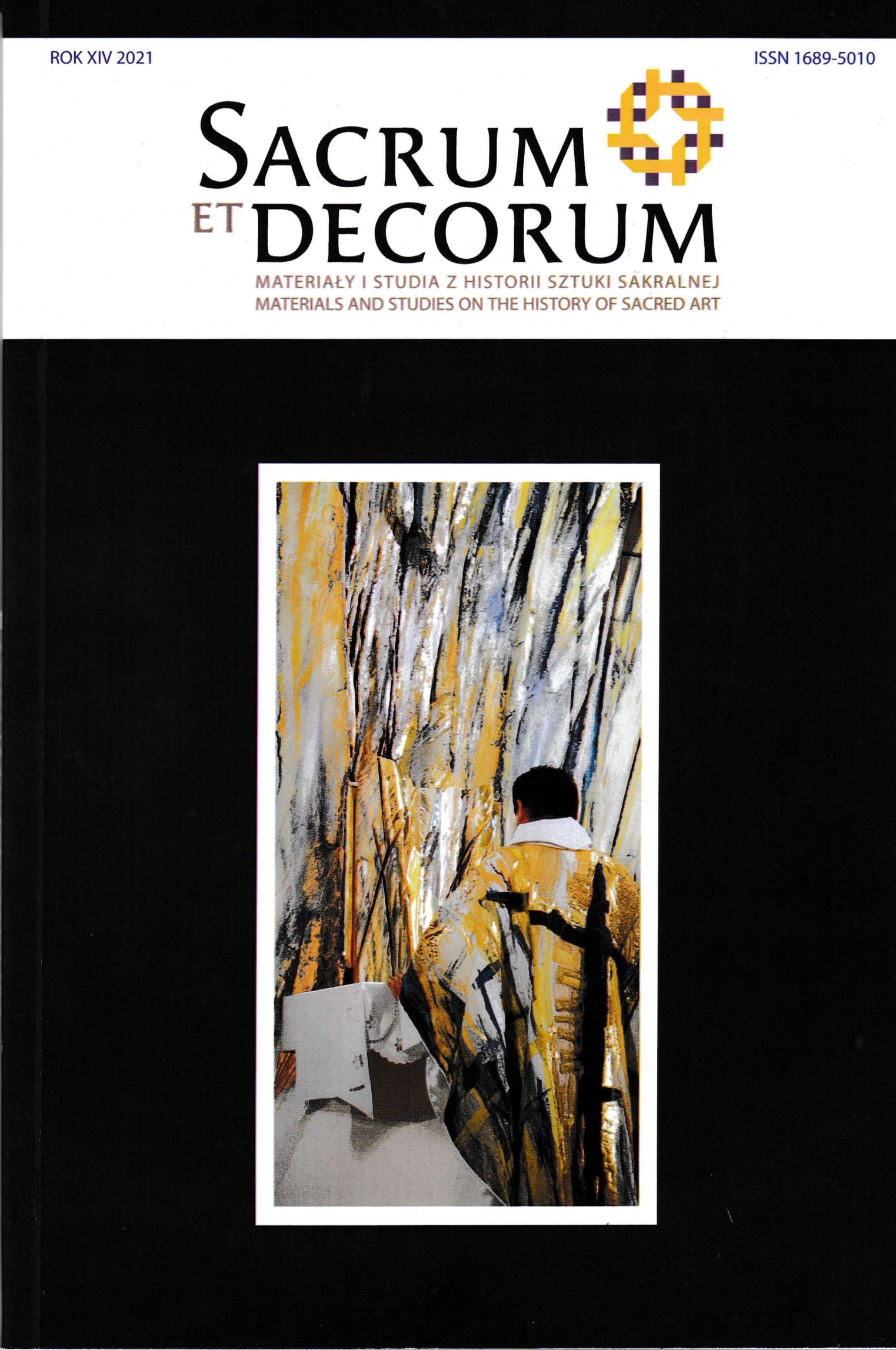Christos Mandzios – pomiędzy Polską a Grecją
DOI:
https://doi.org/10.15584/setde.2021.14.3Słowa kluczowe:
Christos Mandzios, rzeźba, działania performatywne, sztuka światła, sztuka współpracy, antropoid, symbolika paschalnaAbstrakt
Twórczość Christosa Mandziosa, Greka urodzonego i zamieszkałego w Polsce, choć różnorodna formalnie, wielowątkowa, wykraczającą poza tradycyjne media, dyscypliny, środki wyrazu artystycznego, jest związana z tradycją sztuki (staro)greckiej, zwłaszcza w sensie pojmowania istoty wszelkich działań twórczych w kategoriach Prawdy i Piękna. Za reminiscencję owej więzi uznać można obecność figury ludzkiej przybierającej kształt sylwetowego „antropoida” (według określenia artysty), jakby wywiedzionego z czasów prearchaicznych, z idoli cykladzkich bądź mykeńskich epoki brązu. Wykonany z przeróżnych tworzyw – z granitu, brązu, papieru pakowego, szkła, chleba, ognia, ziemi, ziarna, trawy, z „materii” światła i cienia – staje się nośnikiem znaczeń egzystencjalnych, religijnych, duchowych, niekiedy też politycznych. Obok realizacji trwałych i efemerycznych rzeźbiarz podejmuje działania paraplastyczne, zwykle w miejscach nacechowanych bezdomnością – w domu dziecka, więzieniu, Monarze, na Dworcu Kolejowym Wrocław Główny. Obok cyklu prac oraz działań performatywnych Realizacje Paschalne, mających związek z symboliką i obrzędowością Wielkiego Tygodnia, w artykule poddano analizie zróżnicowany w swych przejawach plastycznych cykl Zjawiska Świetlne, związany z metafizyką światła. Szczególną uwagą objęto akcje Wypalanie – Brama oraz zdarzenie Ślady przeprowadzone na murach Zakładu Karnego nr 1 we Wrocławiu 11 listopada 1997 r. Z jednej strony rzeźbiarz przejawia silną skłonność do eksperymentów formalnych, do ciągłego przekraczania granic sztuki, funkcjonowania na pograniczu różnych dyscyplin artystycznych, z drugiej konsekwentnie traktuje znaczną część swego dorobku jako medium innych, pozaformalnych wartości, ugruntowanych na transcendentaliach klasycznej metafizyki chrześcijańskiej.Downloads
Bibliografia
Boczar M., Grosseteste, Warszawa 1994.
Makarewicz Z., Od portretów Antoniego Mehla do antropoidów Christosa Mandziosa. Wrocławska rzeźba figuralna w latach 1945–1999, „Rzeźba Polska” VIII, 1996–1997.
Mandzios Ch., Autoreferat, przygotowany w związku z ubieganiem się artysty o tytuł profesora na Akademii Sztuk Pięknych im. Eugeniusza Gepperta, Wrocław 2012 [w maszynopisie].
Panasiewicz A., Światło w sztuce, „Annales Academiae Paedagogicae Cracoviensis” II, 2006.
Skuteczność sztuki, red. T. Załuski, Łódź 2014.
Stróżewski W., Z zagadnień piękna i dzieła sztuki, w: Historia filozofii średniowiecznej, red. J. Legowicz, Warszawa 1979.
Swieżawski S., Robert Grosseteste filozof przyrody i uczony, w: Charisteria. Rozprawy filozoficzne złożone w darze Władysławowi Tatarkiewiczowi w siedemdziesiątą rocznicę urodzin, red. T. Czeżowski, Warszawa 1959.
Tendera P., Od filozofii światła do sztuki światła, Kraków 2014.
Trepczyński M., Światło jako arché świata. Metafizyka światła Roberta Grosseteste, „Ethos” 30, 2017, nr 3(119).
Pobrania
Opublikowane
Jak cytować
Numer
Dział
Licencja
Prawa autorskie (c) 2021 Sacrum et Decorum

Utwór dostępny jest na licencji Creative Commons Uznanie autorstwa – Użycie niekomercyjne – Bez utworów zależnych 4.0 Międzynarodowe.
Zgodnie z polityką Open Access autorzy zachowują pełnię praw autorskich do swoich artykułów – bez ograniczeń.
Autorzy mogą deponować swoje artykuły w wybranym przez siebie repozytorium.


